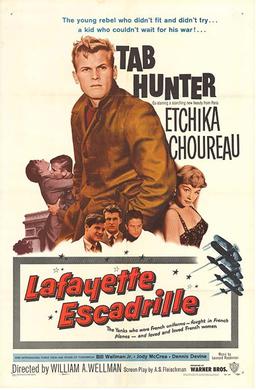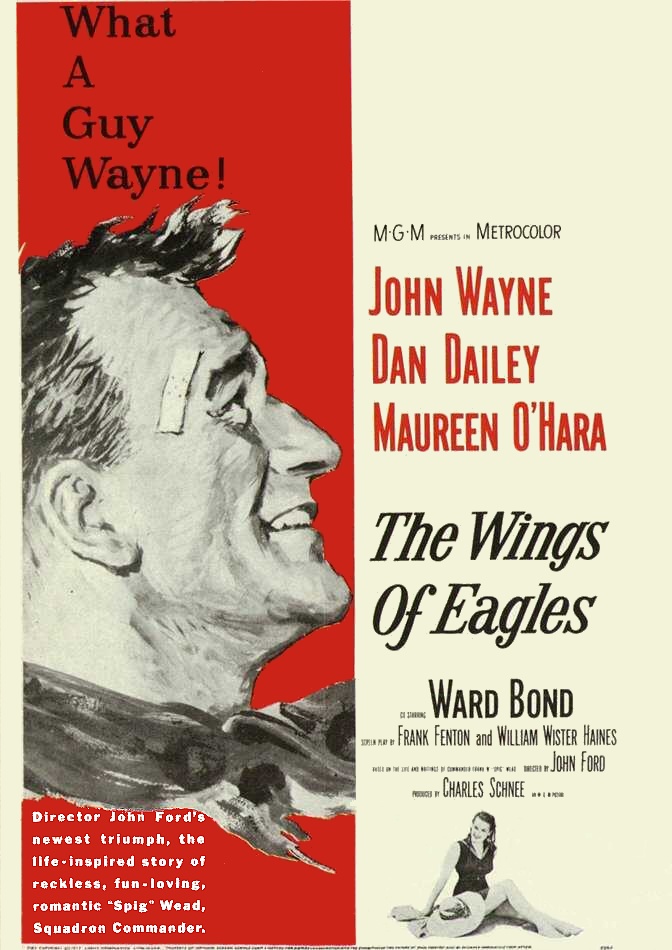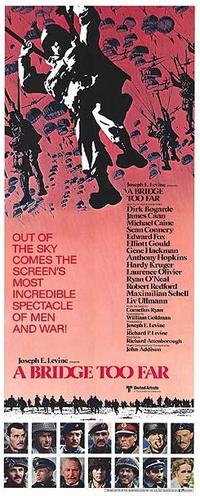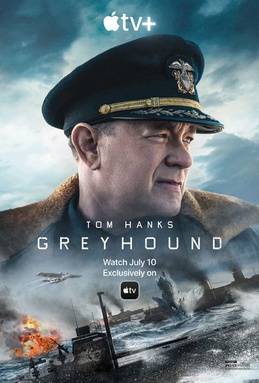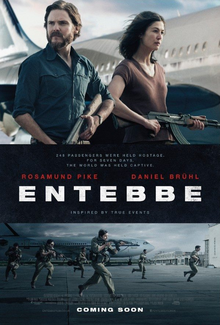The last year has been good for
war movie lovers. “1917”, “Danger
Close”, “Da 5 Bloods”, “The Outpost”, “Greyhound” to name a few. Did the trend continue with “The Last Full
Measure”? On first glance, it was
doubtful. It took twenty years to film
because no studio wanted to finance it.
Writer and director Todd Robinson was persistent and finally got it made
for $20 million, but it only made $3 million.
It must have been tough to hear “I told you so” about such a personal
project. In doing research for another
film, Robinson had run across the story of William Pitsenbarger. He was intrigued by the tale of a
pararescueman who was awarded an Air Force Medal posthumously for actions
saving 60 grunts in Vietnam and then had it upgraded to a Medal of Honor many
years later. Robinson assembled a cast
of veteran actors and was able to film the Vietnam segments in Thailand.
The movie gets off to a roaring
start with an American unit from the 1st Army Division being
ambushed over the credits. From 1966
South Vietnam, we jump to Washington in 1999.
Scott Huffman (Sebastian Stan) works at the Department of Defense for
the Secretary of the Air Force. He is
handed the folder of William Pitsenbarger.
Pits’ comrades have been pushing for years to have his Air Force Medal
upgraded to the Medal of Honor. Huffman
reluctantly accepts the shitty, hopeless task.
He is not at all interested in justice for Pitsenbarger, since he is a
Hollywood stereotype of the amoral bureaucrat.
Huffman goes on an odyssey to interview grunts who were impacted by the
pararescueman’s efforts. These awkward
encounters are intercut with the ambush.
The veterans Huffman interviews
are stereotypes too. Tully (William
Hurt) was a comrade of Pits who is determined to get his buddy the Medal of
Honor because he personally knows the sacrifice he made. Takoda (Samuel L. Jackson) has guilt issues
from the ambush. Mott (Ed Harris) rants
about the brass sending them out as bait.
Burr (Peter Fonda in his last role) is just plain nuts. Kepper (John Savage) lives a monastic
existence in Vietnam and has a butterfly garden on the spot of the ambush. If that’s not enough heavy-weights for you,
throw in Christopher Plummer and Diane Ladd as William’s saintly parents. They supported his going. If not their son, whose? It takes a while, but Huffman is eventually
ready to risk his upward bound career for justice. Now that he has overcome his own lack of
compassion, he has to overcome his own bureaucracy. And we’re not just talking about the brass,
we’re also talking about politicians.
Double military justice villains!
I know I have been a bit snarky
about the movie, but it actually is better than you would expect. Yes, it has tropes common in Vietnam veteran
and military justice movies. Although
the veterans are stereotypes, Robinson has great actors playing the roles. Which is bad news for the unknown actors
playing their younger selves. Big combat
boots to fill. Plus you get Christopher
Plummer as the father. I haven’t even
mentioned yet that Dale F’in Dye appears as the general who used the unit as
bait. Yet, you’ll be surprised by his
character. The movie does not hammer an
anti-Vietnam War or anti-military theme.
It is not lazy on PTSD. Tully and
the others earned their demons.
The combat is generic and a bit
overblown. But the unit did suffer 80%
casualties, so it seems realistic in a Hollywood sort of reenactment. You definitely get the impression that
Pitsenbarger did something extraordinarily brave when he waved off his
helicopter. The spider holes and snipers
in trees are nice touches. Pits marks an
M for morphine on a wounded grunts forehead.
You can tell Dale Dye was on set.
The movie deserves credit for
sincerity. The orchestral music backs
this up. But it does not cross the line
into cloying. However, you might want to
have some tissues handy. It jerks tears
effectively. Mr. Pitsenbarger is dying
of cancer and Tully has survivor’s guilt.
In the hands of these actors, prepare to have your emotions manipulated,
in a good way. Speaking of, it is apparent
that this movie and “Da 5 Bloods” has solved the problem of making a Vietnam
War movie with a veteran ensemble by setting it in the present day and flashing
back with a bunch of star wannabes.
The whole Huffman half of the
movie has the feel of Hollywood enhancement for plot purposes. It is very
predictable. The reason to watch the
movie is the accuracy with which it portrays the action of one of the bravest
men who served in Vietnam. William Pitsenbarger
was involved in 300 rescue missions before his death. On April 11, 1966, he saved sixty men’s lives
at the cost of his own. He was
recommended for the Medal of Honor and an Army general downgraded it to an Air
Force Medal. He was the first Air Force
enlisted man to receive that award. That
was quite an honor, but the downgrading (apparently due to lack of
documentation) added injustice to the story and made it cinema-worthy. This movie does an admirable job bringing his
story to the screen. By the way, stick
around, after the final credits there are interviews with some of the men.
GRADE = A-


